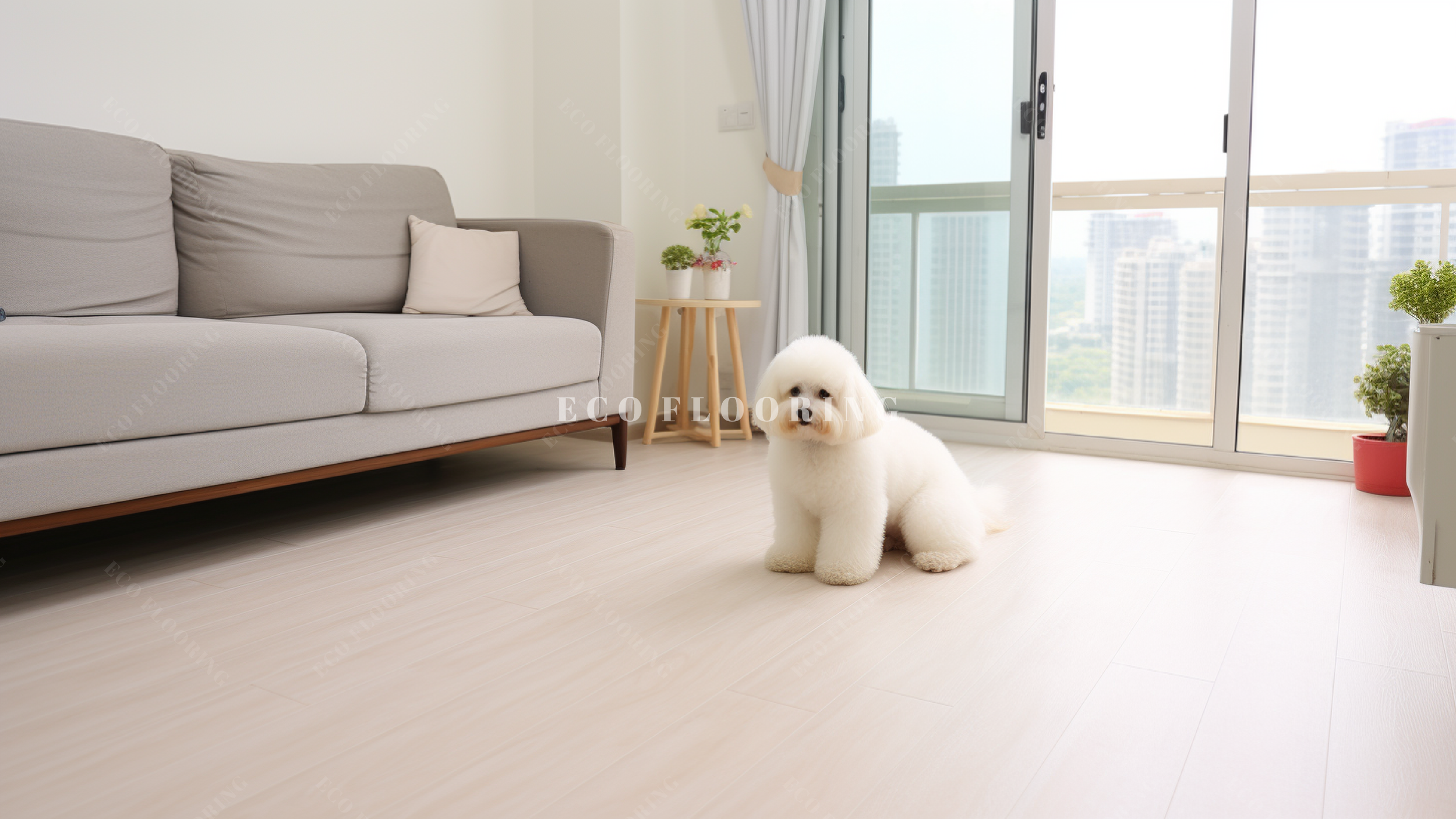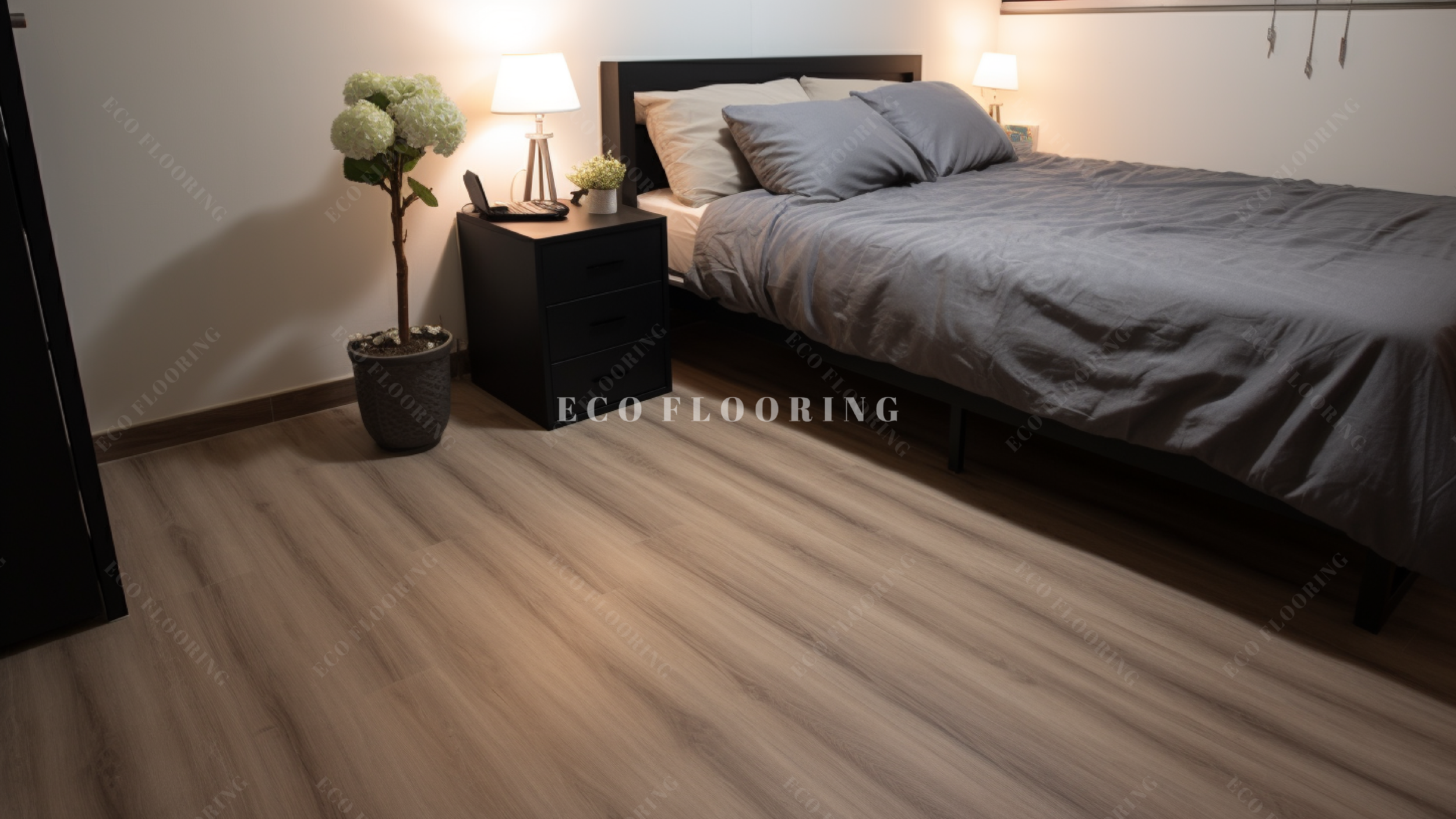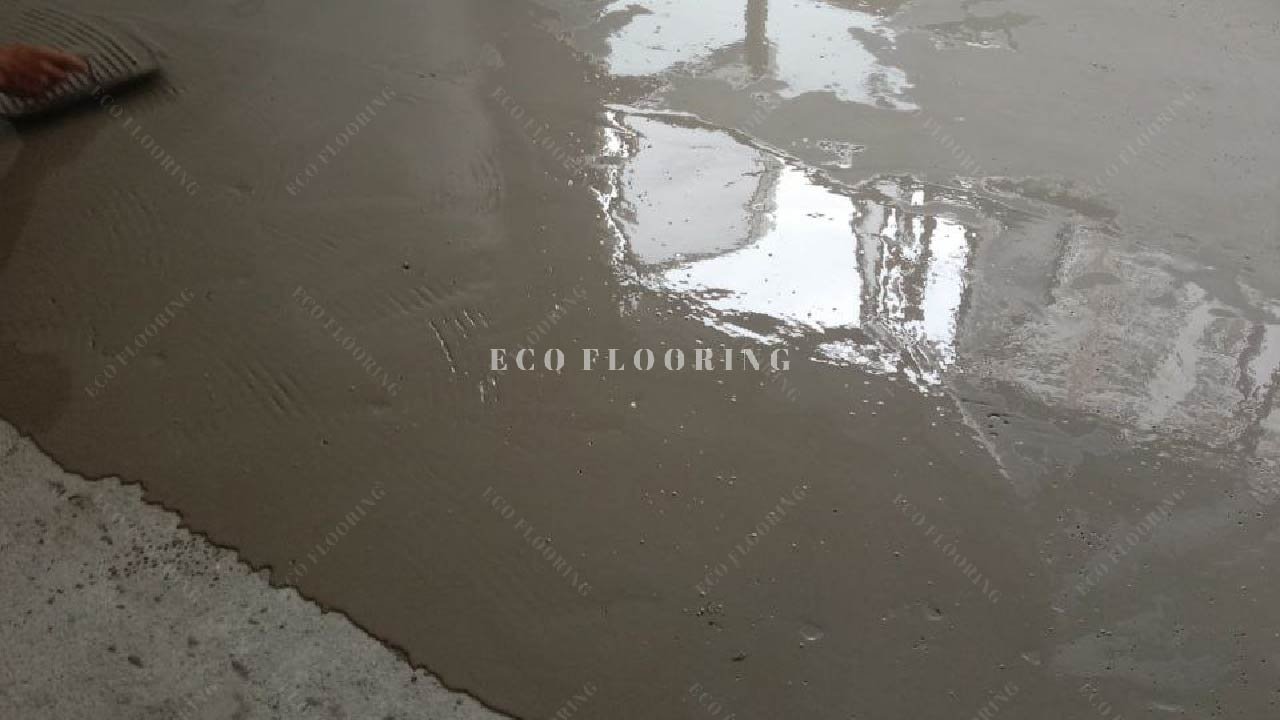In the realm of interior design, feature walls have long been a favorite technique for adding character and depth to living spaces. Among the most popular choices for creating stunning feature walls are wall panels. Whether it’s for a cozy living room, a sleek office, or a serene bedroom, wall panel feature walls offer a versatile and stylish way to elevate your home’s aesthetic.
The Appeal of Wall Paneling
Wall panels can be made from a variety of materials, including wood, MDF, metal, and even fabric. Their unique textures and patterns allow homeowners to make bold design statements while also enhancing the overall ambiance of a room. Here are some compelling reasons why wall panel feature walls have gained popularity:
Visual Interest: Wall panels add dimension and intrigue to an otherwise flat surface. With different designs, such as shiplap, wainscoting, or geometric patterns, a feature wall can become a focal point that draws the eye and sparks conversation.
Textural Variety: The tactile quality of wall panels creates a rich sensory experience. Wood panels can impart warmth, while metal or painted options can introduce a modern flair. This variety allows homeowners to tailor their design to fit their personal style and the mood they want to convey.
Customization: Wall paneling offers endless customization possibilities. Homeowners can choose colors, finishes, and designs that reflect their unique tastes, whether they prefer a rustic farmhouse feel, an industrial vibe, or a sleek contemporary look.
Practical Benefits
Beyond aesthetics, wall panel feature walls also provide practical advantages:
Concealment: Panels can effectively cover imperfections in walls, such as cracks or uneven surfaces. This makes them an excellent option for older homes needing a cosmetic update.
Insulation: Certain types of wall panels, especially those with an added layer of insulation, can help improve the energy efficiency of a room. They can aid in temperature regulation, making spaces more comfortable year-round.
Soundproofing: Thicker wall panels can help reduce noise levels, making them a smart choice for homes in busy areas or for rooms like home theaters and nurseries where sound control is crucial.
Design Ideas for Wall Panel Feature Walls
Living Room Elegance: Create a stunning backdrop for your sofa with a large-scale panel that incorporates a striking color or intricate design. Consider adding built-in lighting to highlight the texture and add warmth to the space.
Bedroom Serenity: A panelled headboard can transform your bedroom into a tranquil retreat. Opt for soft hues and textures that promote relaxation, and consider a design that reaches the ceiling for a more dramatic effect.
Home Office Inspiration: In a home office, a feature wall of panels can enhance focus and creativity. Choose a design that reflects your personality, perhaps incorporating shelves or decorative elements that inspire productivity.
Entryway Impact: Make a memorable first impression with a panel feature wall in your entryway. Use bold colors or patterns to create a welcoming atmosphere that sets the tone for the rest of your home.
A wall panel feature wall is an excellent way to infuse style, character, and functionality into your home. With a myriad of materials, designs, and customization options available, homeowners can easily create a unique focal point that reflects their personal taste. Whether you're looking to add warmth, texture, or visual intrigue, wall paneling can transform any space, making it feel more inviting and beautifully designed. Embrace the power of wall panels, and watch your home come to life with elegance and style.



















